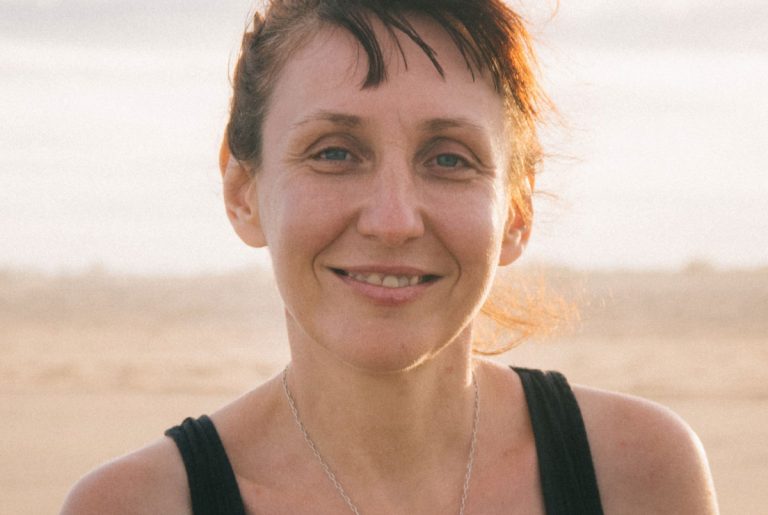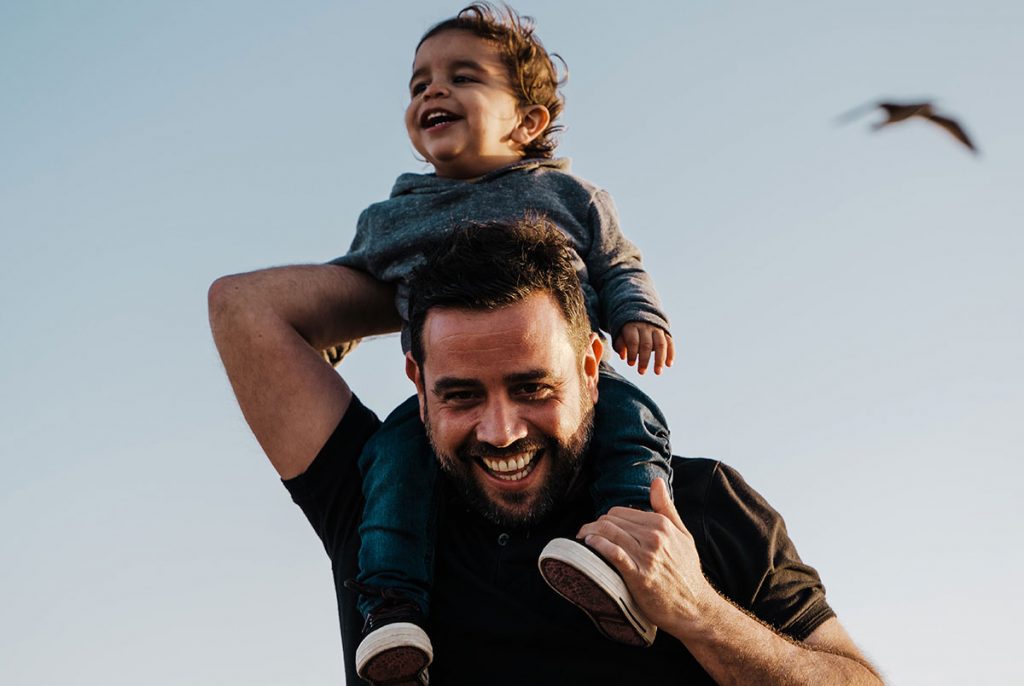When we’re growing up, our parents and caregivers often help us feel safe and secure. As the first people caring for us, we can form strong emotional bonds with them and seek their comfort when we feel threatened and distressed.
But not everyone has the same childhood experience or finds support in their early relationships. These early attachments can significantly impact how we think about ourselves, cope with stressful events, and develop relationships.
What is attachment theory – and where does it come from?
Put simply, attachment theory is the concept that humans need relational bonds, and that our early relationships impact our connections with others and our perception of ourselves
Psychologist John Bowlby, with further research from psychologist Mary Ainsworth, first proposed the idea in the 1950s. He observed that a child’s relationship with their parents shaped a large portion of their development, and that early separation from their caregivers often had traumatising results. According to his work, children separated from caregivers at a young age experienced behavioural and mental health issues later in life.
Bowlby also described how attachment can be vital to survival, which is why infants might cry or scream to get their caregiver’s attention. Receiving comfort can help children respond to stressful situations and regulate their emotions. However, if they don’t get the attention they need, it can eventually lead to detachment.
Importantly, attachment theory isn’t without criticism and doesn’t take into account other factors that can influence a person’s attachment style, like race, gender, family dynamic, location, religion and disability.
What are the four attachment styles?
According to attachment theory, there are four kinds of attachment styles – and there’s no right or wrong one. Your styles can also change over time, and you might identify with more than one.
The four attachment styles are:
- Secure attachment: where an infant shows distress when separated from caregivers but is easily comforted when they return.
- Anxious-resistant attachment: where an infant experiences greater levels of distress when separated (and reunited) with caregivers, seeming to both seek comfort and “punish” them for leaving.
- Anxious-avoidant attachment: where an infant shows minimal or no stress upon separation and either ignores or avoids caregivers upon return.
- Disorganised-disoriented attachment style: where an infant has no predictable pattern of attachment behaviours.
How can our attachment style influence our behaviour?
Understanding our attachment styles can help us understand ourselves and how we build connections with others, especially if our attachment styles have led to beliefs and behaviours that harm our relationships.
People who have secure attachment styles are more likely to experience:
- A positive perception of self, seeing themselves as good and worthy of respect
- Healthy boundaries and good communication and conflict resolution skills
- A positive perception of others and more trust in those around them
- Confidence in their strategies for coping with emotions.
People who have anxious-avoidant (also known as dismissive-avoidant) attachment styles are more likely to experience:
- Low self-esteem
- Difficulty coping with stressful situations and negative emotions, which may lead to aggression or withdrawal and shutting down during arguments
- Difficulty forming positive relationships, avoiding seeking help, and distancing themselves from others to avoid rejection
- Distrust of others.

People who have anxious-resistant (also known as anxious-preoccupied) attachment styles are more likely to experience:
- Low self-confidence and reliance on others for their sense of self-worth
- Sticking close to those they form close bonds with and fearing abandonment
- Longing for connection but pushing people away due to fear
- More extreme emotional reactions to stress and struggling to regulate negative emotions
- Needing others for validation
- A deep desire for affection.
People who have disorganised (also known as fearful-avoidant) attachment styles are more likely to experience:
- Difficulty coping with stress, controlling their emotions, strong outbursts, and are easily overwhelmed
- Seeing others as threats and reacting with aggression or challenging behaviours
- Difficulty being vulnerable, avoiding intimacy, or becoming closed off and guarded over fears of getting hurt
- Commitment issues.
How can understanding attachment theory improve our relationships?
We spoke with Michelle, a counsellor at Relationships Australia NSW, who says gaining a deeper understanding of your own, and your partner’s attachment styles can help you better support each other.
“You can learn your partner’s pattern of behaviours when they are distressed, so you can turn towards each other in a way that shows they’re valued,” she said.
“Together, you can be responsive to each other’s needs and fears.”
Michelle encourages people to be aware of “attachment wounds” – or emotional wounds – that might develop during their current relationship, past adult ones, or parent/child relationships.
“There can be big events that happen in relationships that create a fear of abandonment, rejection or isolation. It might be a sensitive time or something that occurred five years ago, but old emotions can resurface, triggered by a present-day event.”
Working through the deepest parts of ourselves can be a tough task—so it can be a good idea to enlist the help of a professional.
“Counselling can help you observe and identify your patterns, as well as your partner’s patterns, when your needs and fears are being compromised,” Michelle said.
“You can look out for what events happened that might have triggered each other’s insecurities. From there, you can learn how to practice closeness and connectedness in times of distress to create new patterns of relating to your partner.”
Need help with differing attachment styles in your relationship? You don’t have to work through it alone. At Relationships Australia NSW, we have experienced relationship counsellors, and we’re here to help. Contact us today for more information on 1300 364 277.
Related Services & Workshops

Counselling.Couples.Mental Health.LGBTQIA+
Couples Counselling
Relationships can be tough, and sometimes we all need some extra support and guidance to help us move forward. Couples Counselling at RANSW offers a supportive environment where you can discuss concerns, overcome tensions and strengthen your partnership.

Counselling.Individuals.Older People.LGBTQIA+
Individual Counselling
Life can be full of ups and downs. While we may be able to overcome most challenges by ourselves, sometimes we need some extra support. Individual Counselling offers a supportive environment to identify and manage problems and concerns.

Counselling.Couples.Life Transition
Prepare and Enrich
It’s normal to experience mixed emotions when embarking on the next phase of a relationship. Whether you’re excited, anxious or somewhere in between, Prepare and Enrich will help empower and strengthen your partnership into the future.







